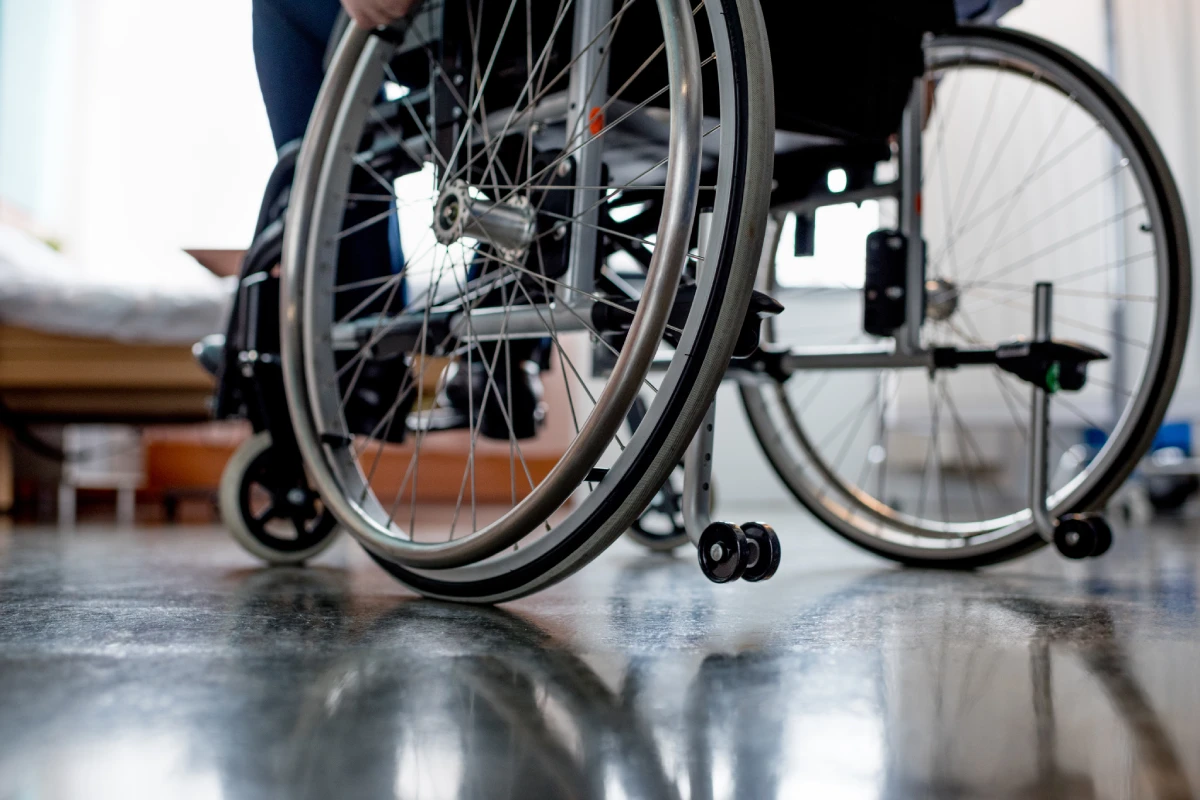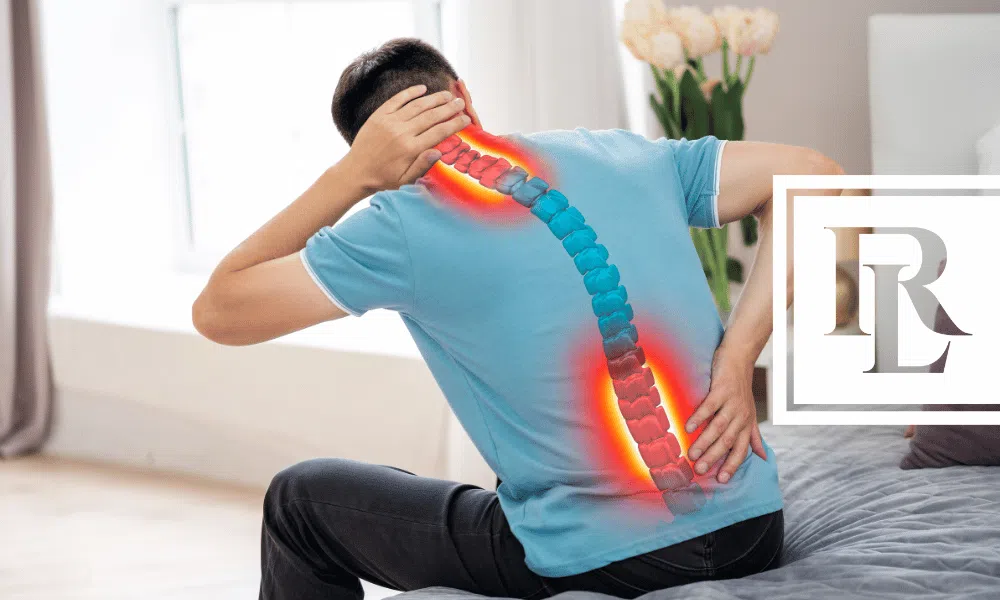Social Security disability benefits are available to qualified individuals whose breathing problems are debilitating to the point where he or she is unable to work. A variety of respiratory impairments are eligible for disability coverage, including severe asthma, COPD and cystic fibrosis.
To qualify for disability benefits – including Social Security Disability Insurance (SSDI) or Supplemental Security Income (SSI) – an applicant must prove the breathing condition has made it impossible for him or her to work. This requires extensive medical documentation and evidence that supports the assertion of disability.
Which breathing problems qualify for Social Security disability benefits?
The Social Security Administration (SSA) has created a Listing of Impairments as a standardized way to evaluate disability applicants. Generally speaking, you must be able to prove you suffer one or more impairments included in the Listing.
Below is an overview of the breathing impairments included in the SSA’s Listing of Impairments:
- chronic pulmonary insufficiency;
- asthma (attacks must occur once every two months – or at least six times annually – and require hospitalization or doctor intervention);
- cystic fibrosis;
- COPD-related diseases;
- pneumoconiosis (an occupational disease sometimes referred to as Black Lung Disease, caused by the inhalation of coal dust);
- bronchiectasis (a condition in which the lungs’ airways become widened and flabby, typically brought on by infection or another source of damage – can lead to chronic episodes of bronchitis or pneumonia);
- chronic, persistent infections of the lung;
- cor pulmonale secondary to chronic pulmonary vascular hypertension;
- sleep-related breathing disorders; and
- lung transplant.
Certain lung cancers also may qualify for Social Security disability benefits. Breathing conditions must be severe and disabling to qualify for benefits. For instance, a person who suffers from asthma qualifies for benefits only if the condition makes it impossible to work. Asthma that responds well to prescribed treatment and results in few annual attacks does not meet the SSA’s definition of disability. A case of asthma that results in numerous trips to the hospital each year, however, may be disabling.
Proving Disability in a Benefits Application
Disability applicants must be able to prove the existence of a debilitating breathing condition. This is done with the presentation of medical evidence, such as:
- hospital and doctor records;
- medical history;
- test results (chest X-rays, blood tests, biopsies, MRI, etc.);
- diagnosis; and
- details about treatments and the response to each treatment.
Medical evidence must originate from qualified sources, such as medical doctors, clinics or hospitals. The condition must have lasted or be expected to last for at least 12 months or be expected to result in death.
The criteria included in the Listing of Impairments apply to all adult applicants whether they are seeking SSI or SSDI. A different set of standards will apply for disabled children ages 17 or younger.
Rob Levine Law can assist you in applying for disability benefits in association with your disabling respiratory condition. Call 866-LAW-SSDI (866-529-7734).





